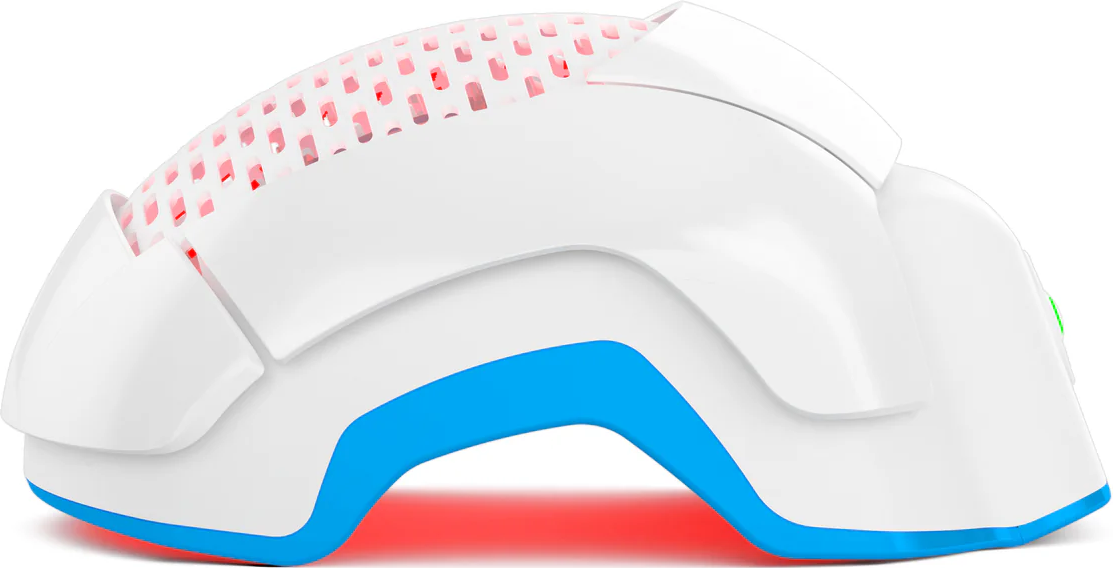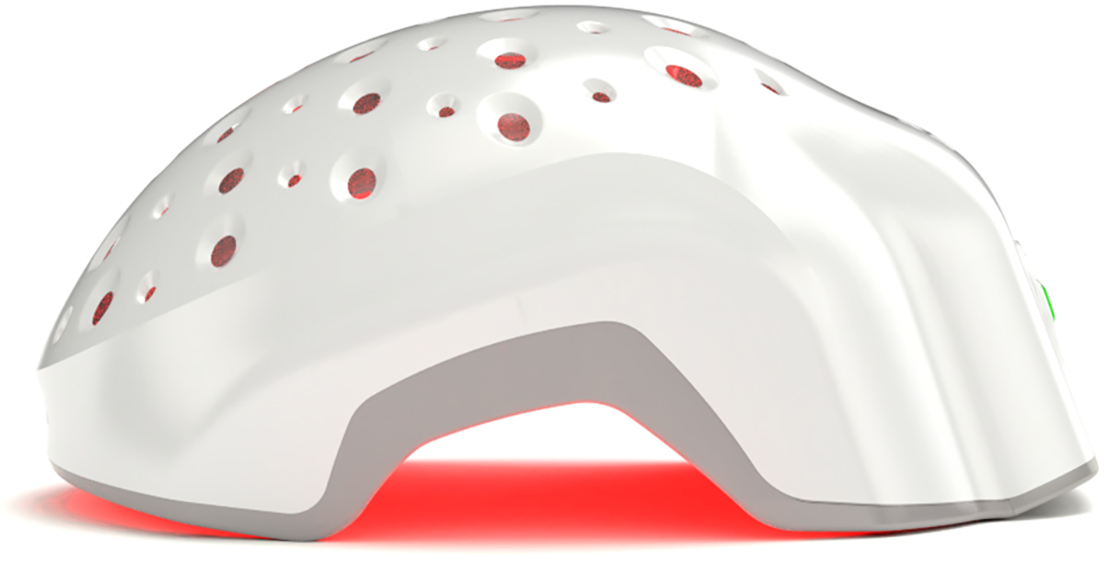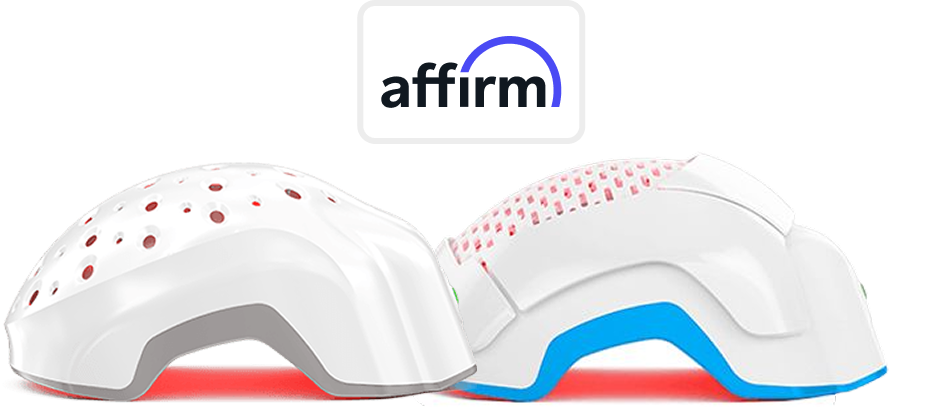Botox has been smoothing wrinkles and freezing frown lines for decades, but now it’s creeping into an unexpected new space—hair loss treatments. Some claim that scalp Botox can relax muscles, improve blood circulation, and even stimulate hair follicles. In other words, a few tiny injections might be the difference between thinning hair and a thicker mane. But is there any real science behind it, or is this just another overhyped beauty trend?
The theory behind Botox and hair growth is that by relaxing the scalp muscles, blood flow improves, delivering more nutrients and oxygen to the follicles. Since restricted circulation has been linked to certain types of hair loss, it sounds promising. But here’s the thing—Botox isn’t exactly a hair regrowth treatment in the way that minoxidil or laser phototherapy is. It doesn’t directly stimulate follicle activity; at best, it creates a more favorable scalp environment for hair to grow.
So, should you start booking an appointment for scalp injections, or is this just another expensive distraction in the endless search for hair regrowth solutions?
What is a Scalp Botox Injection?
Botox (short for botulinum toxin) is a neurotoxin that temporarily paralyzes muscles by blocking nerve signals. It’s been used in aesthetics and medicine for decades to smooth wrinkles, stop excessive sweating, and even treat muscle disorders. But in recent years, scalp Botox has been making waves in hair health discussions.
When injected into the scalp, Botox is believed to relax muscle tension, enhance blood circulation, and potentially create a better environment for hair follicles to thrive. The theory is, if muscles in the scalp aren’t tight and constricted, blood can flow more freely, delivering more oxygen and nutrients to the hair follicles.
Can Botox Help Hair Growth?
At first glance, it sounds promising—relaxed scalp muscles mean better blood flow, which means healthier follicles, right? In theory, yes. Some studies suggest that Botox injections may indirectly support hair regrowth by reducing tension in the scalp and allowing better nutrient delivery to hair follicles.
However, Botox is not a direct hair growth treatment. It doesn’t stimulate follicles the way minoxidil or laser therapy does. Instead, it may create a better scalp environment where hair can grow if other underlying factors (like genetics, hormones, or nutritional deficiencies) aren’t getting in the way.
How Botox Might Promote Hair Growth
Botox has been floating around the hair restoration conversation for the last few years—mostly as an experimental, overhyped trend rather than a proven solution. Despite some small-scale studies and anecdotal claims, there are no large, conclusive clinical trials confirming its effectiveness for hair growth.
So, if you’re hoping scalp Botox is the miracle cure you’ve been searching for, you might want to pump the brakes. It’s more of a speculative experiment than a science-backed strategy.
While Botox isn’t a magic bullet for hair loss, it might help in a few indirect ways.
1. Relaxation of Scalp Muscles
A tense scalp isn’t just uncomfortable—it can restrict blood flow and make it harder for hair follicles to get the oxygen and nutrients they need. By relaxing scalp muscles, Botox injections may help increase circulation, creating a more favorable environment for hair growth.
2. Enhanced Nutrient Delivery
Your hair follicles rely on oxygen, vitamins, and minerals to grow strong, healthy strands. Since Botox injections might help open up blood vessels by relaxing scalp tension, this could lead to better nutrient absorption at the follicular level.
3. Stress Reduction
Stress is a major culprit behind hair loss (telogen effluvium). While Botox won’t eliminate stress from your life, reducing scalp tension may provide a physiological benefit that could help counteract stress-related hair thinning.
Common Side Effects of Botox Injections
While Botox is generally considered safe when administered by a professional, scalp injections come with their own set of risks.
Potential side effects include:
- Temporary headache or mild discomfort
- Scalp tightness or numbness
- Bruising at the injection sites
- Uneven distribution leading to patchy results
- Allergic reactions in rare cases
Try Theradome If Botox Isn’t Working for Hair Growth
If Botox sounds like a whole lot of needles for a maybe, there are clinically backed alternatives that require far less commitment. Low-Level Laser Therapy (LLLT), like that used in FDA-cleared Theradome helmets, directly stimulates hair follicles, enhances blood flow, and encourages new growth without injections, chemicals, or downtime.
Unlike Botox, which works indirectly, LLLT actually targets the root cause of thinning hair—re-energizing dormant follicles, thickening existing strands, and helping to prevent further hair loss.
Conclusion
Scalp Botox injections are an interesting concept, but they’re not a direct fix for hair loss. While they may help improve blood circulation and nutrient delivery, there’s no concrete evidence that they trigger new hair growth the way laser therapy, minoxidil, or prescription treatments can. If you’re considering Botox for hair growth, make sure you do your homework. Seek professional advice from experts with a proven track record in this specific procedure. Don’t hesitate to ask about their success rates, potential side effects, and what realistic outcomes to expect. This isn’t a one-size-fits-all solution, and understanding the risks is key.
For those looking for proven, long-term results, Low-Level Laser Therapy (LLLT) remains one of the most scientifically backed non-invasive options for stimulating hair regrowth and stopping hair loss in its tracks—without the needles, risks, or guesswork.






















